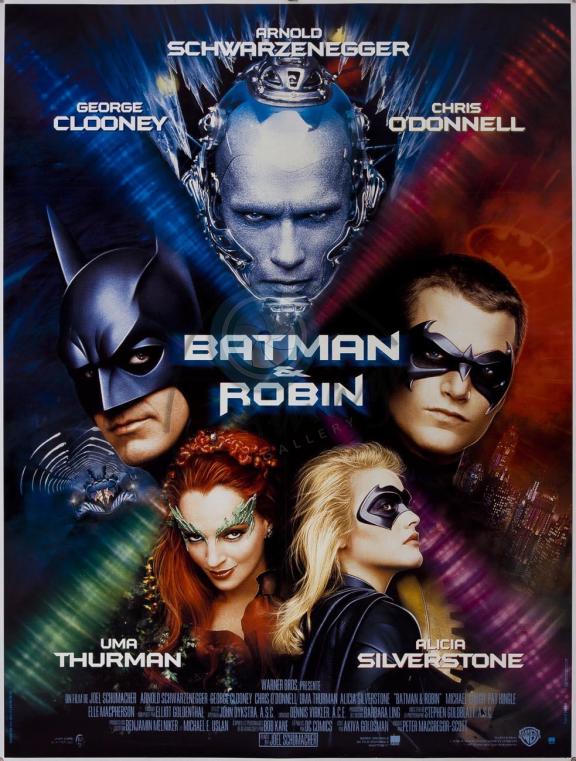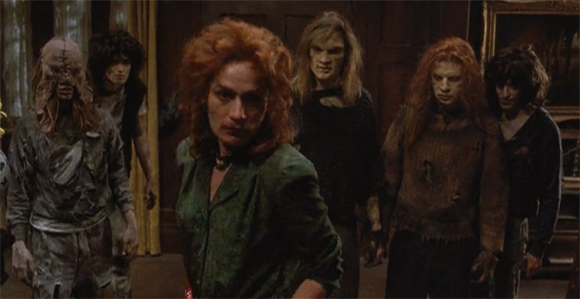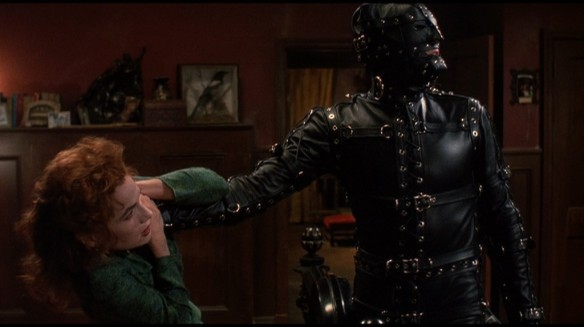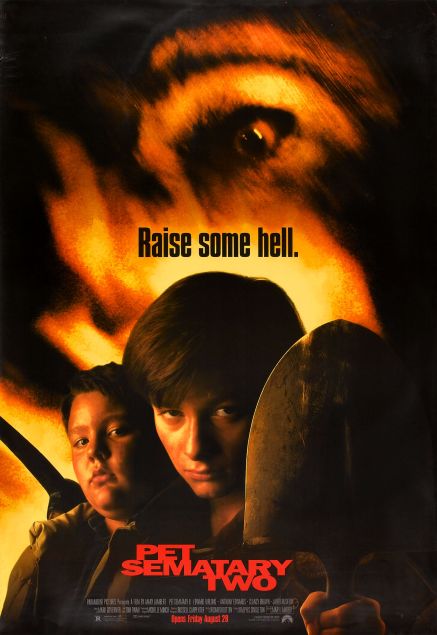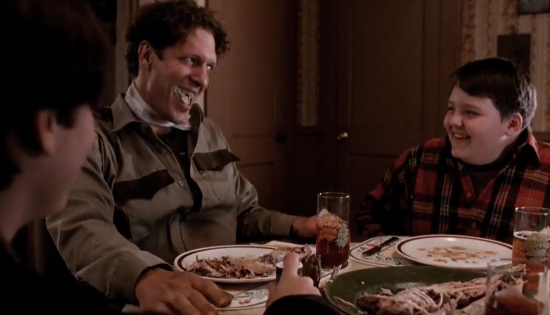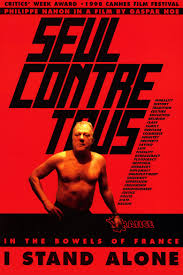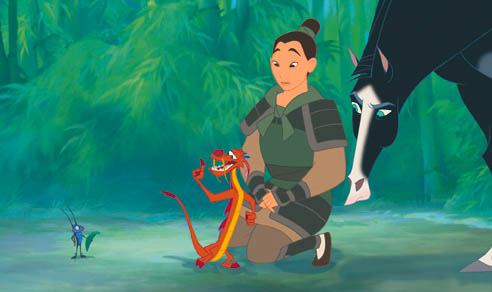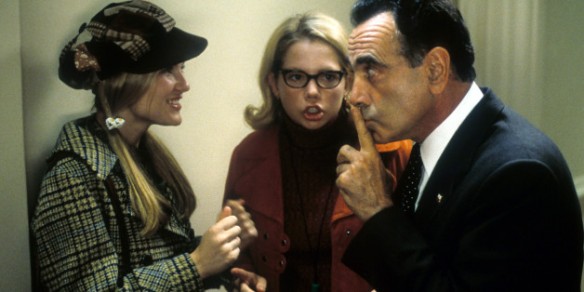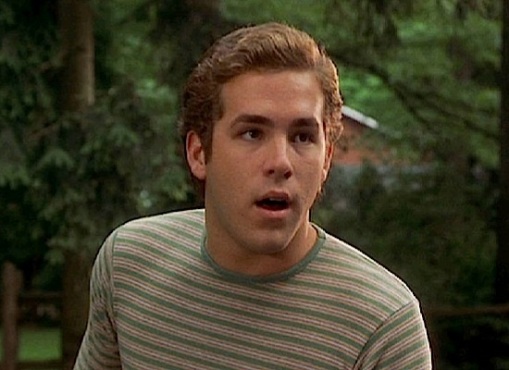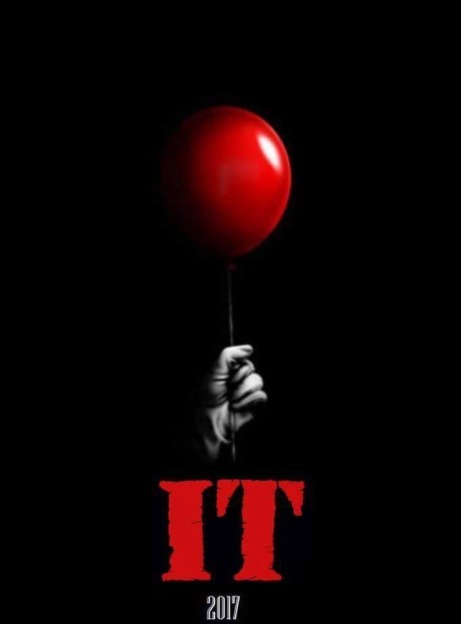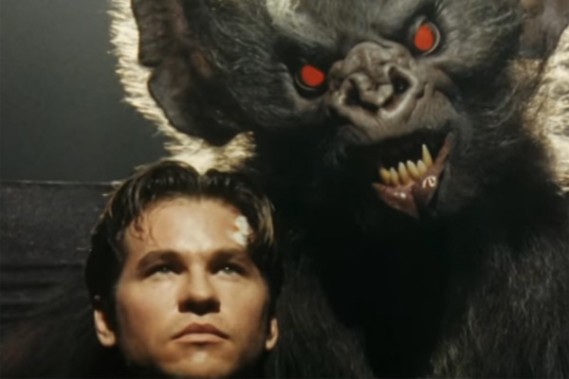
Recently I received a lot of flack for watching the much beguiled Batman & Robin. It wasn’t just because I was making a bad decision in how I should spend my time, it was that I skipped over an important and questionably superior piece of the Batman mythology, Batman Forever. My friends who berated me for my discretion maintained strong adoration for the third installment in the series, so much so my compadre in superhero cinema, Mari, brought over her well-worn VHS copy and clunky VCR for a nostalgic viewing experience at my home (we had no way of hooking that relic up so we resorted to HBOGO). With a highly informed guide, I embraced this journey and returned to a simpler, less gritty DC universe for the 1995 hit, Batman Forever.
Structurally, Forever and Batman & Robin are nearly identical. One villain is already established and reeking havoc in Gotham. The former is Tommy Lee Jones as Two Face rocking some dope makeup and playing a Joker adjacent lunatic, already a better choice than Schwarzenegger’s uninspired Mr. Freeze. Then we witness the second villain’s origin story, here Jim Carey as fuck boy The Riddler who is dying to be the next Bruce Wayne. He and Uma Thurman both win me over as seductive masterminds (Carey cleans up well) and clearly on board with this wacky pursuit. The beats of fighting their sworn enemy Batman play out exactly the same but Forever just has better execution. Two Face has devil and angel henchmen played by some of my favorite actresses in thankless roles (Drew Barrymore and Debi Mazar) which at least is better than blow up doll Bane. Both films have the introduction of a new hero as well, once again Forever winning out with Robin (Chris O’Donnell) who witnesses maybe not gory but still the haunting demise of his acrobat family. I stated before that O’Donnell sells the plucky yet rebellious character in B&R better than Alicia Silverstone’s Batgirl who is Cher but if she traded shopping for motorcycles. O’Donnell’s 1995 wardrobe doesn’t age well with his single earring and bad boy 90210 get up but it supplied me with countless laughs.
Once all the characters are in place, the movie is the simple formula of villains hatch plot to take over Gotham and Batman must foil them. At least one thing to knock down Forever’s credit if it seems like I’m praising it too much is that this evil genius plan doesn’t make a whole lot of sense. Riddler has this brainwave device that can look into people’s mind and extract their knowledge which, sure is pretty invasive but our villains don’t harness that resource for any kind of gain. It comes in handy once when used on Bruce Wayne to reveals that all he thinks about are bats, hence proof he’s Batman. I at least wanted Riddler to be able to have special powers or something epic caused by his invention. Obviously, these are less than perfect motivations than what we get from the previous films (Penguin running for mayor). I was very disappointed that Two Face was relegated to B villain status as Riddler’s machine made for the central focus. Tommy Lee Jones is a great hammy actor who I was so excited for from the start but then is downgraded to grunts and snarls as Riddler spits out his surprisingly sexual puns. It’s a shame to waste such good Jones. Aside from the villains which has always been DC’s biggest strength, the narrative arc is Batman’s growth as a pair/father figure with Robin but in all honesty, Lego Batman achieves this ten times better and with actual humor. Nothing in the series is quite funny and rather Schumacher’s goal is for it to be enjoyable for kids and then later to sell toys which this doesn’t do as blatantly. I haven’t even mentioned Nicole Kidman who’s forth billed because her character is essentially the poster of To Die For. Her role as Dr. Chase Meridian is as empty as all the other female parts because she goes completely goo-goo over the sight of the caped crusader. She beckons him with the bat signal and welcomes him in a slip. I’m not judging her for being thirsty but at least give her some other drive than sex because yeah, she’ll settle for Bruce. As for the man himself, I’ve avoided discussing the Bat because I’m not too impressed with Val Kilmer though he’s got the look of a playboy billionaire than anyone to come before or after him. He’s slightly more invested than Clooney but not much. It’s hard to blame him when his given such uninteresting material. Kilmer works better when eccentric and Bruce Wayne is a dry steak amongst the more juicy criminals.
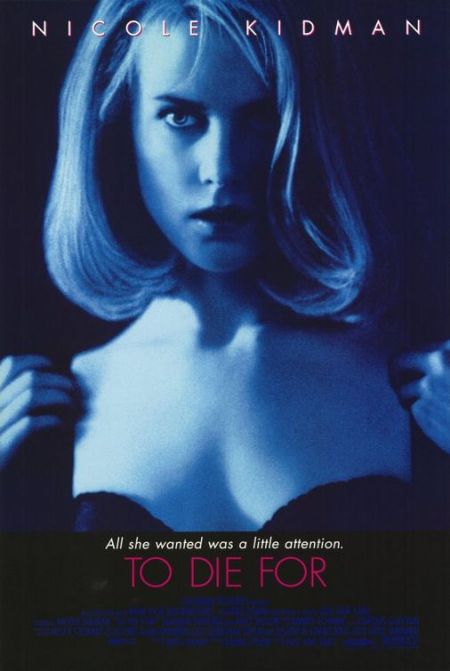
So there’s some concrete evidence this isn’t a landmark piece of cinema but the reason I’m writing this whole review anyway is to retroactively confirm that it is better than B&R. Burton is at least on as a producer for Forever which may be why it’s limited to only one butt shot and that there are no extreme sports included. The quality overall is better. All the sets look professional and I like the inclusion of a real location for city hall. There’s one scene in which Robin explores the seedy part of town that includes the neon graffiti that permeates all of B&R and I applaud that there only that scene to remind me of the paintball arena sets that I despise so much in the sequel. Batman Forever has a little more self-respect than the garbage fire that was to follow. Due to my backward choice in viewing, it gets rated on a curb, working in its favor but that doesn’t make it a masterpiece. I wouldn’t trade it in for any Burton or Nolan work. But better than Batman v Superman? Now that’s a conversation worth having…

